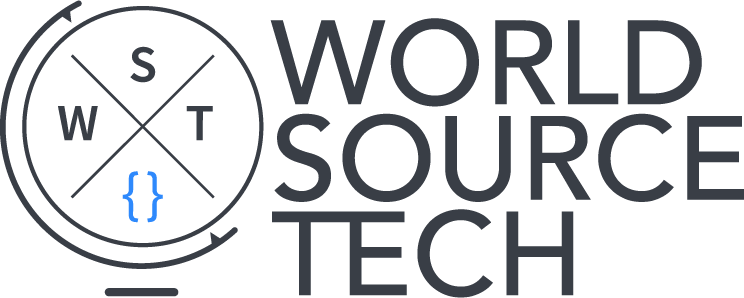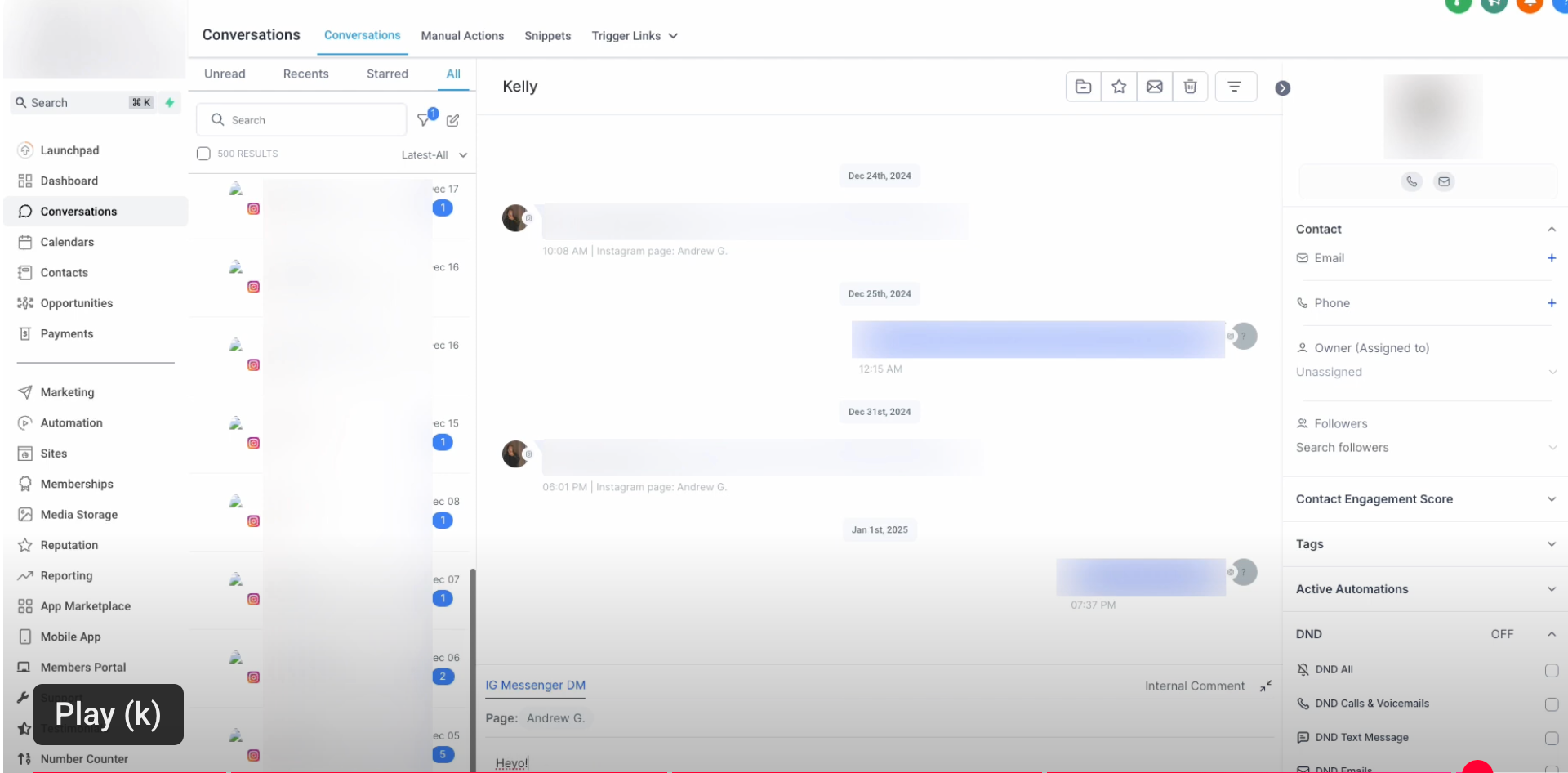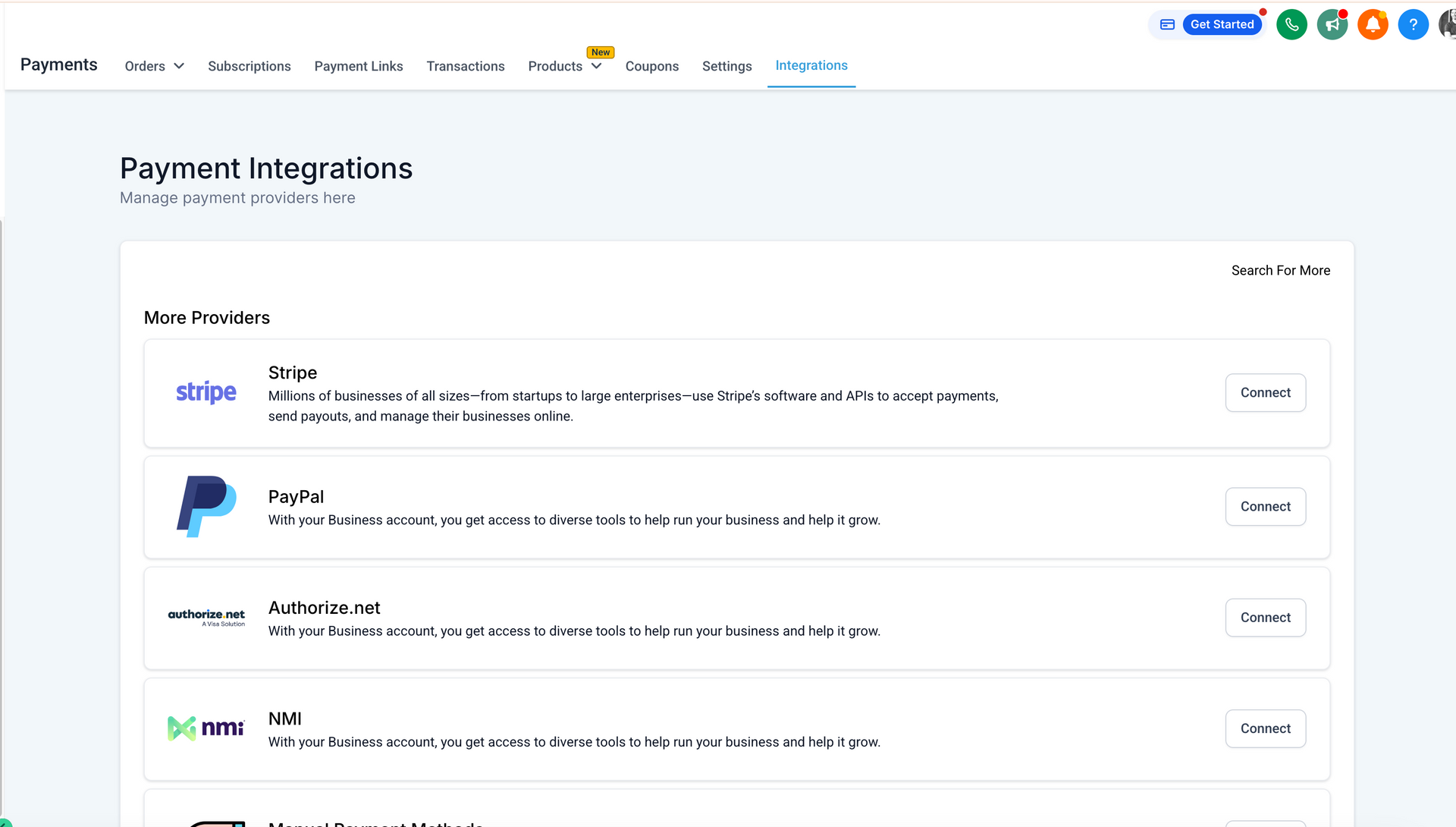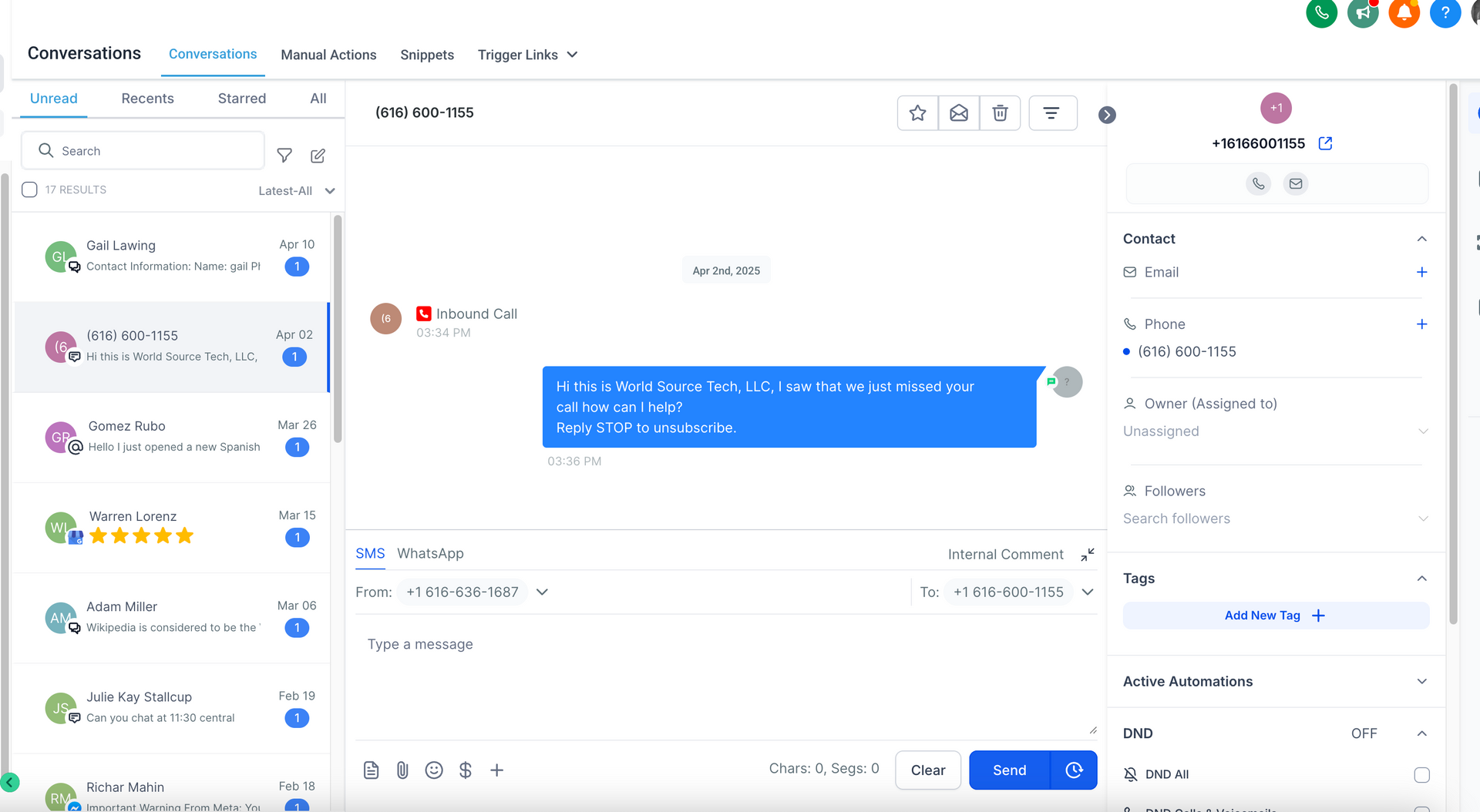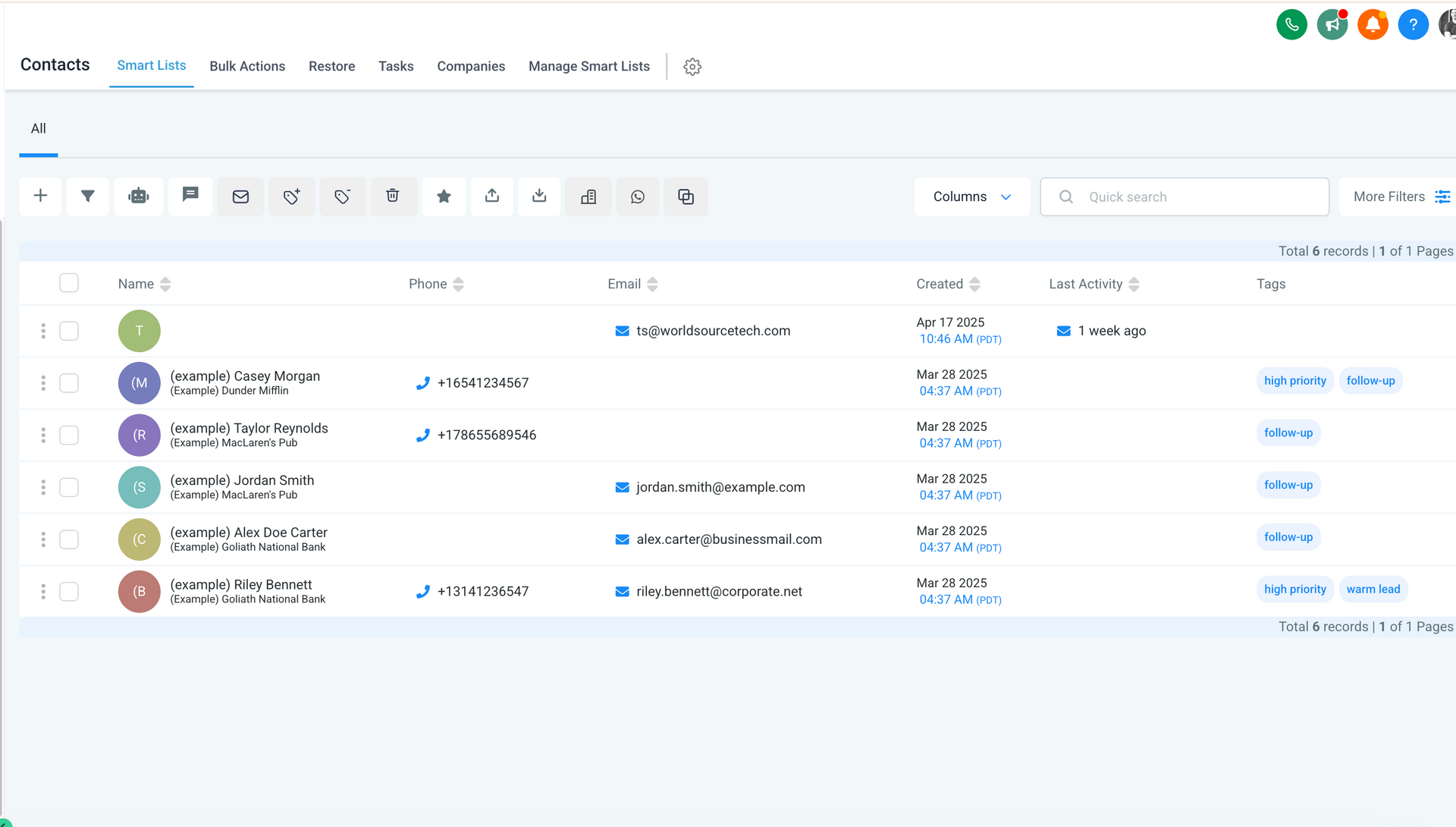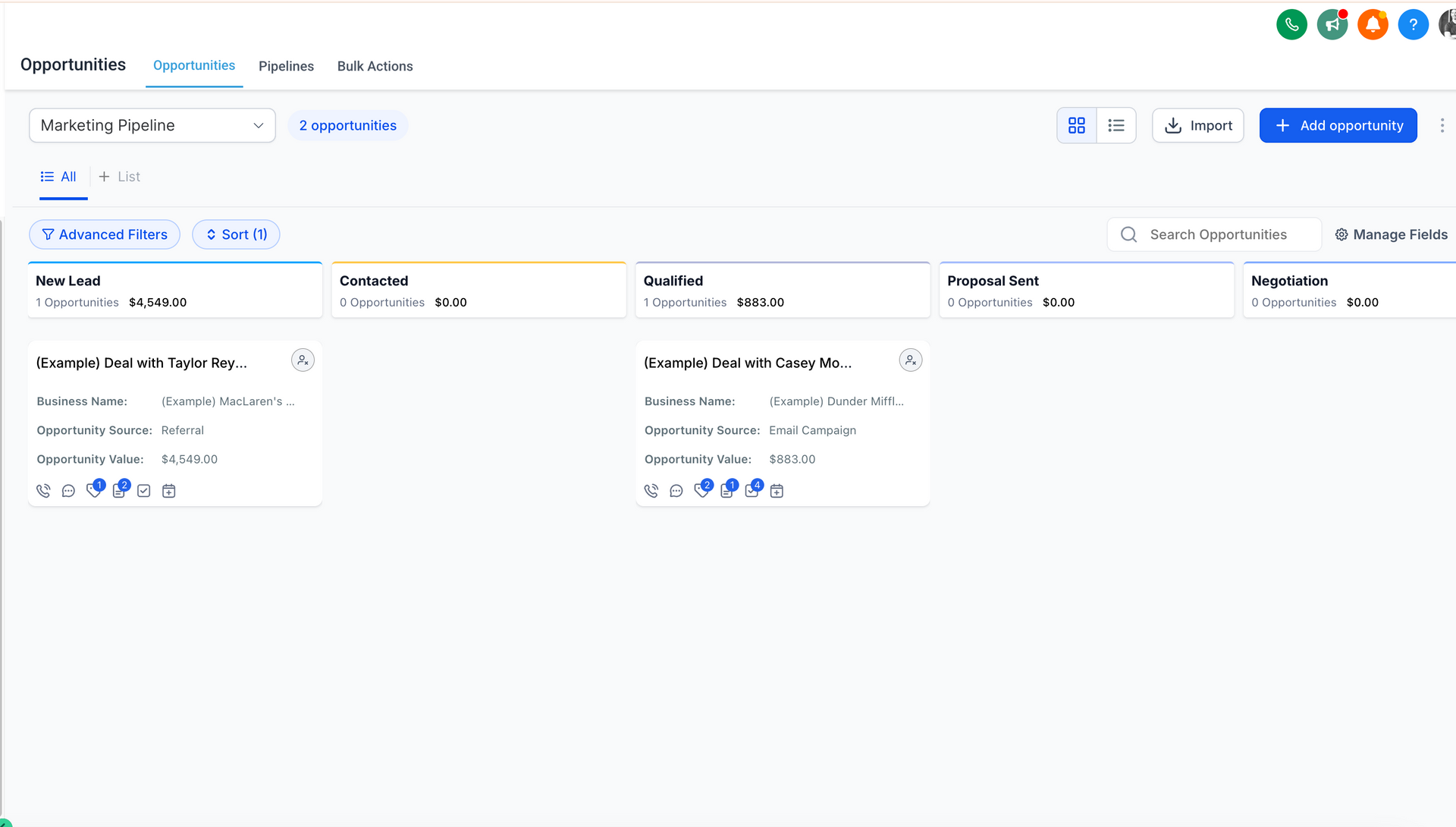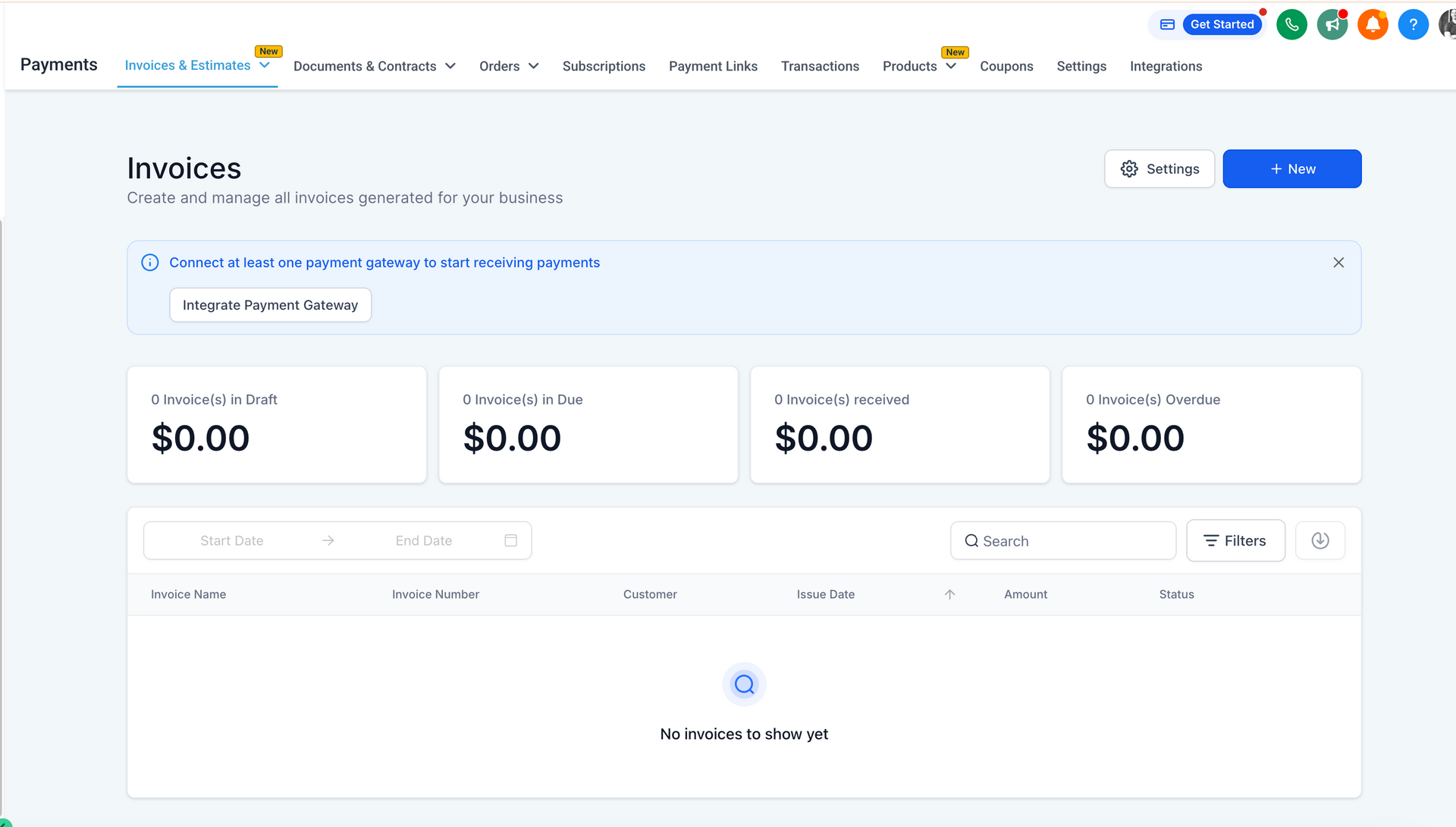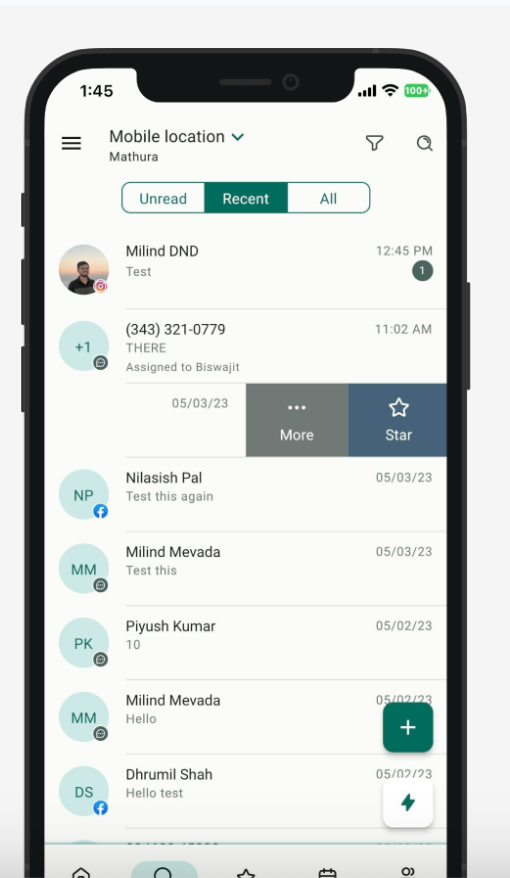5 Step Quick Start to Using Facebook Ads
With more than 1.4 billion people having a Facebook profile and more than 900 million site visits, Facebook is the 21st century marketing hub. Facebook creates an easy way to market and reach out to your potential audiences- launching Facebook Ads. So, what are Facebook Ads? Facebook Ads from a users perspective, show advertisements that are relevant to you and your friend’s interests.
As a business owner, these ads are shown to your potential customers. The ads will appear on the news feed (desktop or mobile) and in the right column of Facebook desktop. Facebook decides which ads users end up seeing by: the information users share on Facebook (likes), other info from the account (demographics), & activity on websites or apps off of Facebook. So how as a small business owner use Facebook Ads?
Step 1- Create
With an advertising method in mind, log onto your personal account, click the drop down button on the upper right corner, and click create an ad. Your small business does not actually need a Facebook page to advertise (although we recommend it for marketing campaigns) the owner/manager of the advertisement needs a personal Facebook account to be able to manage and pay for the ads (note-the ads will not link to your profile). Pick your advertising objective, if promoting a website, you will need to provide a URL which will link to your website and let the ad be underway!
Step 2- Target
Facebook ads created a brilliant feature- you pick who you market to. You can select who views your ad using multiple variables. When the ad is created you can pick the type of people who can see the ad by choosing certain traits and keywords. Facebook lets you target by region/location, age, gender, education, workplace, hobbies, relationships, and keywords. Through the provided information shared on your Facebook profile, Facebook generates keywords that are relatable to your website, event, etc. that you are trying to advertise. That is what makes it different from traditional advertising; Facebook can get your ads to the right people at the right time- via ones newsfeed.
Step 3- Design
Facebook ads will have a 25-character headline, a 90-character body description, and thumbnail photograph. Who knew so little content could expand business? Less is more these days, am I right? However, don’t get nervous because these can be updated in real-time. So really feel free to experiment with what looks best. Facebook does have a lengthy set of standards and rules to abide by while using their advertisements. You can refer to the advertising guidelines here.
Step 4- Budget
Facebook ads, like most things in the world, are not free. Select a Cost Per Click (CPC) pricing and you will be charged every time someone clicks on the ad or sponsored story. An alternative route is per thousand impression (CPM); you pay every time 1,000 people see the ad. Then tell Facebook how much money you are willing to spend (daily budget or lump sum of total spending while the ad is featured). You can pay with credit, debit, PayPal, or Facebook Ads coupon and the billing is monthly. For more information and clarification on how budgeting for your ad works, please watch this informational tutorial.
https://www.youtube.com/watch?v=8HZSlaU6Zz4
Step 5- Analyze
You should monitor your ads regularly, as Facebook does allow trial and error. If the ad is not getting as much attention as expected you can pause the ad to edit the text, increase/decrease bid, or adjust the target audience as you go. Another great feature from Facebook is the Ad Manager. This will show you all the details about your campaign- budget, spending, and scheduling. Then click on the campaign to show how many people have view, clicked, and how often it shows on peoples feeds!
The great thing about Facebook Ads is how it connects the consumer to the business- raising brand awareness. The relevant and engaging photos, videos, and links make Facebook Ads a powerful way to find new customers and build brand loyalty (Facebook, 2015). If you feel like this is over your head or really want to win with your online advertising just fill out the quick call request form on the right hand side of this page!



